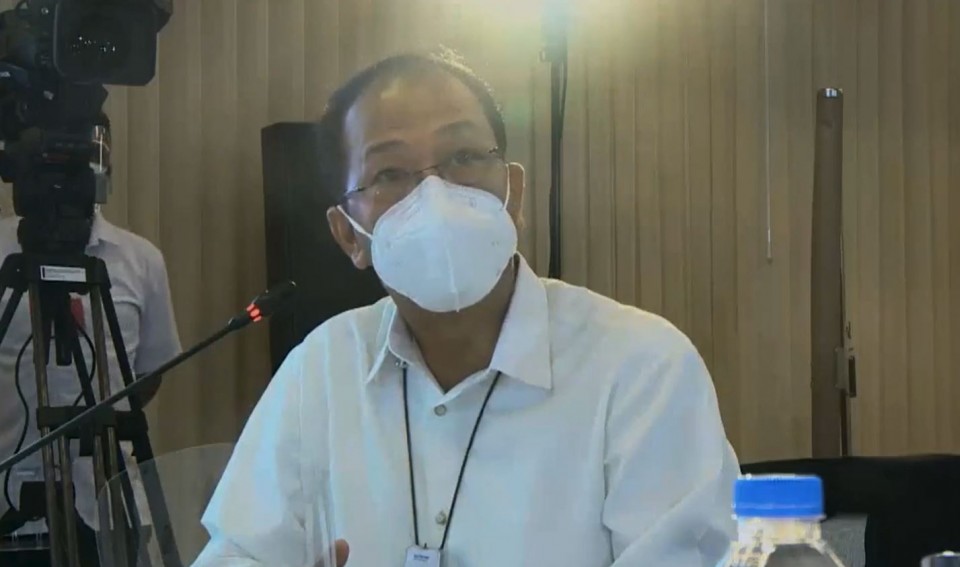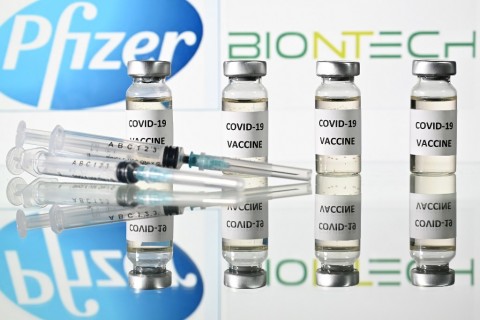Galvez cites supply-demand challenge; need for ultra cold chain storage, distribution

(Eagle News) — The Philippine COVID-19 czar said that vaccines for COVID-19 would only be made available by May, June or July next year in a best case scenario because of various challenges including vaccine supply and high demand in the world market.
Secretary Carlito Galvez Jr., said that vaccines might not still be available this in the first or second quarter of 2021.
“Dahil kasi po iyong mga vaccine magiging available lang po iyan this coming ano po… either ang best case scenario nga po ay sa May, June, July (2021),” he said in a press briefing Thursday, Nov. 26.
He said that the roll-out of the vaccine would be most likely from the late second quarter up to the end of the year.
Galvez also explained that the Philippine capacity for immunization in the past is up to 5 million per year.
-Target up to 75 million to be vaccinated to achieve “herd immunity”-
But under the mass vaccination program for COVID-19, the Philippine government is targeting from 25 to 30 million to be vaccinated yearly.
Galvez said that they are targeting 60 million to 75 million Filipinos to be vaccinated after the program, or 75 percent of the country’s population.
This means that this could be achieved in two to three years’ time. Galvez said that vaccination for COVID in the country could be from three to five years, with each person receiving two doses of the vaccine.
“Ang atin pong target ay magkaroon po tayo ng herd immunity na ma-vaccinate po natin ang more or less 60 to 75 (million) people or Filipinos para magkaroon po tayo ng tinatawag na ma-contain po natin ang virus effectively in the herd immunity,” he said.
“So ang ano po natin, 75% ng ating population po ang atin pong babakunahan,” he said.
-Limitation on ultra cold storage for vaccines-
Galvez pointed out that another challenge for mass vaccination on COVID-19 is the country’s limitation on the vaccine requirement for cold chain storage. And in the case of COVID-19 vaccines, these require ultra cold storage, as low as -70 degrees Celsius in the case of Pfizer.
Usually, vaccines must be stored and transported frozen, via a cold supply chain.

But COVID-19 vaccines particularly those developed by Pfizer and BioNTech require storage of –70°C. Moderna’s vaccine, however, can tolerate a much warmer temperature, but still cold at –20°C, which is standard for most hospital and pharmacy freezers.
Pfizer, however, said that they have specially designed packaging for their vaccines.
“We have specially designed temperature-controlled thermal shippers utilizing dry ice to maintain recommended temperature conditions of -70°C±10°C for up to 10 days,” it said in its website.

“The intent is to utilize Pfizer-strategic transportation partners to ship by air to major hubs within a country/region and by ground transport to dosing locations,” it said in its site.
Pfizer said that they will also “utilize GPS-enabled thermal sensors with a control tower that will track the location and temperature of each vaccine shipment across their pre-set routes.”
“These GPS-enabled devices will allow Pfizer to proactively prevent unwanted deviations and act before they happen,” it explained in a briefer.
(Eagle News Service)








